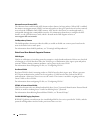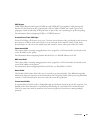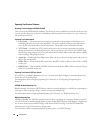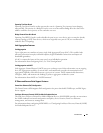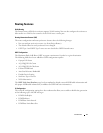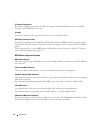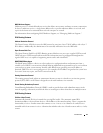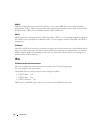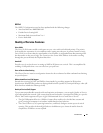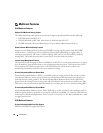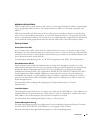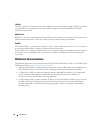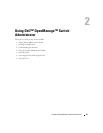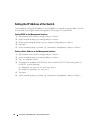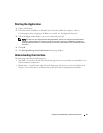
34 Introduction
DHCPv6
DHCPv6 incorporates the notion of the “stateless” server, where DHCPv6 is not used for IP address
assignment to a client, rather it only provides other networking information such as DNS, Network Time
Protocol (NTP), and/or Session Initiation Protocol (SIP) information.
OSPFv3
OSPFv3 provides a routing protocol for IPv6 networking. OSPFv3 is a new routing component based on
the OSPF version 2 component. In dual stack IPv6, you can configure and use both OSPF and OSPFv3
components.
IPv6 Routes
Since IPv4 and IPv6 can coexist on a network, the router on such a network needs to forward both traffic
types. Given this coexistence, the PowerConnect 6200 Series maintains two routing tables, rto and rto6,
which are both capable of forwarding over the same set of interfaces. IPv6 interfaces are managed in a
manner similar to IPv4 interfaces.
IPv6
IPv6 Route Configuration Enhancements
The route configuration and route preference features have the following changes:
You can configure static reject routes.
The default values for route preferences have changed as follows:
• OSPFv3 Intra — 110
• OSPFv3 Inter — 110
• OSPFv3 External — 110
OSPF Type-1 and OSPF Type-2 routes are now classified as OSPF External routes.



